News 12/19/14
Top News

The research wasn’t all that great, but the methods were pretty cool. A Regenstrief study finds that half of urban clinic patients who were able to selectively hide parts of their EHR information chose to do so. That’s from a ridiculously small study cohort of 105 patients, so don’t get excited about the results just yet. What was interesting is that Regenstrief developed a system in which patients can lock clinicians out of specific sections of their own EHR information, such as as those involved sexually transmitted disease or mental health. However, the system also contains an audited “break the glass” button that allows clinicians to override the patient’s preference in urgent situations. I like the elegance of that solution, although the challenge would seem to be adding granularity so that specific types of clinicians could see information without having to use the “break the glass” option (allowing a gynecologist to see the STD information, for example).
Reader Comments
From Sell Sider: “Re: JPMorgan healthcare investor conference in early January. Half of healthcare is there. HIStalk should have coverage or attendee Q&A or something.” The San Francisco conference is by invitation only, so I would have to rely on an attendee to write up their experiences. I’m up for it if someone is willing to share their experience. JPM covers all of healthcare, but I’m sure plenty goes on related to IT. Ben Rooks provided some background in an “Investor’s Chair” post five years ago (where has the time gone?) JPM is also one of the scumbag “too big to fail” banks that ripped off American taxpayers in creating the 2008 financial crisis through greedy speculation, earning it massive profits, $25 billion in bailout money, a $13 billion slap on the wrist, and no criminal charges.
From Tilde Squiggle: “Re: fertility clinic competition. Efforts to reduce cost appear to be stymied by The Man. What happened to free markets?” A dozen doctors and other professionals from University of Vermont Medical Center open a fertility clinic whose costs are 30 percent less than UVM’s, which is great for everybody except UVM, which is suing the group. UVM says the clinic’s employees have access to its EHR and could be using that information to poach its patients, which the clinic denies.
HIStalk Announcements and Requests
I’m interested in running a regular column by either a startup CEO or a venture capitalist who wants to share their keen insight and sharp writing skills with the world. Let me know if you are interested.

There’s only so many ways companies can try to stand out at the HIMSS conference. Most of them are expensive and don’t work anyway, so here’s an alternative: sponsor the highly anticipated HIStalkapalooza event. I’m offering three sponsorship levels: Platinum (includes 100 invitations for customers, prospects, and employees; an information table in the welcome area; and a private opera box for entertaining); Gold (50 invitations and an information table); and Silver (a private opera box and invitations for 12-14 guests). Sponsors at all three levels will be recognized at the event and on HIStalk before and after. I don’t usually announce the venue until later, but here’s the scoop: I bought out the entire House of Blues Chicago (just off the river on North Dearborn behind the Trump) and the deal includes the ultra-swanky, members-only Foundation Room. Your company is spending a fortune to exhibit at HIMSS, so spend a little bit extra and you’ll get major exposure to the industry’s movers and shakers who read HIStalk. Contact Lorre and she’ll send information, but hurry because we’re about to close the window on new sponsors. The event is break-even at best for me and is frankly a pain in the butt to put together (I swear every year that I’m done with it), but people seem to enjoy it and I got sucked back in again in a weak moment.
This week on HIStalk Practice: Compleat Rehab and Sports Therapy Center and Hot Springs Sports Medicine select Clinicient services. CMS consultants travel to Micronesia. Fremont Family Care receives the HIMSS Ambulatory Davies Award of Excellence. Sony and Snapchat get into smartglasses. Dr. Gregg pontificates upon pain, EMRs, and appreciation. Toby Sadkin, MD puts plans for EHR replacement in perspective.
This week on HIStalk Connect: Google Ventures goes all in on digital health, quadrupling its investments in the sector during 2014. Investment funds and startup accelerators focused on digital health companies are also on the rise. In Colorado, the Quality Health Network, one of the nation’s first health information exchanges, forms a trade group with 20 other HIEs to advocate for the struggling HIE industry and explore new revenue opportunities.
Acquisitions, Funding, Business, and Stock
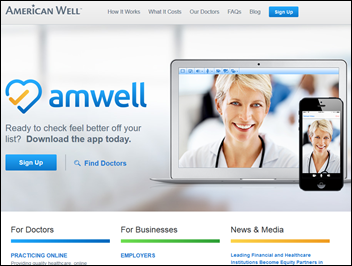
Online doctor visit provider American Well closes an $81 million Series C round, raising its total to at least $128 million. I was thinking about the popularity of those $49 visits and had the same reaction as when I see two of four corners of major intersections taken up by chain drugstores and pharmacy-containing grocery stores: where are they getting all those professionals? The schools aren’t cranking out doctors and pharmacists any faster, and yet the retail demand for them keeps going up.
Analytics vendor Predilytics raises $10 million in a Series C round. I’m trying to stay interested in the analytics marketplace, but everybody and his brother are starting up companies with splashy websites and buzzword-laden assurances of competence. This one is a real company, but I suspect that the only revenue many of the newcomers will book will come from investors rather than customers. Check back on the HIMSS15 exhibitor list of analytics vendors three years from now and I bet 80 percent of them will have failed.
First Opinion, which offers 24×7 access to a permanently assigned physician via text messaging, raises $6 million in Series A funding. The service costs $9 per month for a guaranteed service level of 5 minutes, but is free otherwise. I downloaded the app, submitted a profile consisting only of age and gender, and was connected to Dr. Kia in India. Her profile didn’t say where she went to medical school, but it did offer that she has “1 kid” (I’ve eaten curry goat several times on Indian buffets, but I don’t think she was talking about that). I texted that I was sneezing and congested, which is true since I’m getting over a cold. She asked some questions that sounded like they were composed in advance by an English as a second language layperson to avoid wasting the doctor’s time. I received responses quickly, just like a real text messaging conversation except with oddly excited reactions to my responses (like “Alright!” and “Oh okay!”). Our conversation ended with a little personal note: “I love to take some chicken soup when I am down with a cold. With a dash of pepper the soup can make you feel much better.” She promised to check on me later and I did indeed eat (take?) a can of Progresso Light Chicken Pot Pie soup onto which I added many dashes of pepper, although in full disclosure I had already done that before I texted Dr. Kia. My analysis of First Opinion is reasonably positive, but the service has significant limitations:
Pluses
- The app was quick to install and use. It looks like text messaging, but it’s a separate app that vibrates the phone like a new text message when the doctor responds.
- Connection and the doctor’s response were nearly instantaneous.
- The doctor was about as interactive and caring as you can get when texting with a stranger half a world away.
- Her suggestions, while somewhat generic, were pretty good.
- Promising to check back later was a nice touch regardless of whether she actually does.
- I would have felt comfortable asking prevention-type questions: diet, exercise, etc.
- When I restarted the app, the previous conversation was still there, plus it offered to sync with Apple Health and push the information to Dr. Kia, which was pretty cool even though I don’t know what she would have done with it.
- I don’t know if I could have texted a photo of one relevant body part or another if the situation warranted (I was snickering at the idea of texting over something inappropriate and getting a computer-assisted “Oh okay!” from Dr. Kia.)
Minuses
- The doctors aren’t licensed in the US, so they can’t prescribe or diagnose. The user agreement suggests that even though you’re chatting with a doctor, they’re only offering personal, anecdotal suggestions and not medical advice.
- I’m not sure what happens for anything but the simplest conditions other than “contact your doctor,” like if I claimed to be coughing up blood or running a 104-degree temperature.
- The doctor has zero information other than age and gender, although perhaps she would have asked if she needed anything additional.
- She recommended decongestants and antihistamines without asking about allergies, hypertension, glaucoma, etc. A Walgreens pharmacist would have ruled those out before suggesting potentially conflicting non-prescription meds.
People

Quality Systems names Zachary Sherburne (Spectrum Brands) as global CIO.

LifeLabs Medical Laboratory Services hires Brian Forster (OntarioMD) as SVP/CIO.
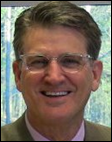
Medfusion promotes Vern Davenport to CEO. Founder Steve Malik, who sold the company to Intuit and then bought it back, will stay on as executive chairman. The company says it has 10 million patients using its portal.
Announcements and Implementations

Premier, Inc. joins the Coalition for ICD-10.
Government and Politics
Tony Panjamapirom, PhD with The Advisory Board Company says hospital Meaningful Use Stage 2 attestation numbers are being misinterpreted to mean the program is failing. He says it’s true that only 35 percent of all Eligible Hospitals have met Stage 2 standards through December, but 66 percent of hospitals that were scheduled to attest in 2014 have done so. He concludes that the flexibility rule that allows hospitals to attest to Stage 1 requirements in 2014 if they have software problems means that 95 percent of hospitals will attest in 2014. The EP numbers are too preliminary to call since most of them will use the October – December 31, 2014 reporting period. In a nice finish, he says, “The MU program is not just about what providers can or should do. It is about all of us. We all need to keep in mind that the ultimate goal of the MU program is to promote better care and better health for consumers/patients, including ourselves.”Actually, the ultimate goal of the MU program was to defibrillate a wheezing US economy and get providers to buy EHRs they weren’t willing to spend their own money on, but I’ll go with Tony’s more poetic words.
Privacy and Security
The CEO of Sony Pictures was warned about IT security problems three weeks before hackers gutted its systems. The company had software problems that it blamed on software bugs and incompetent IT people, the CEO himself sent his passwords to his assistant in unsecured email, sensitive documents were stored unencrypted, and company policy required employees to keep too many old emails. An email from the CFO to the CEO (exposed, ironically, by the hackers) noted, “significant and repeated outages due to a lack of hardware capacity, running out of disk space, software patches that impacted the stability of the environment, poor system monitoring, and an unskilled support team.”
With regard to Sony, which is worse: (a) having such sloppy IT processes that a 100TB hack wasn’t noticed, or (b) buckling to demands and threats from anonymous hackers that a major film be pulled just because they invoked 9/11? As Newt Gingrich said in a tweet, “With the Sony collapse, America has lost its first cyberwar. This is a very very dangerous precedent,” although a waggish response tweet said maybe it’s Japan that lost since Sony isn’t an American company. Skeptics doubt that it was really North Korea behind the breach since the hackers didn’t mention the movie until later and the extent of the hack make it likely that it was initiated long before anybody heard about now-mothballed and apparently awful “The Interview,” of which no trace remains on the company’s site. In any case, if you needed further motivation beyond never-ending announcements of breaches and unencrypted laptops to review your organization’s security, this should do it.
Innovation and Research
A physician-authored editorial explains why most healthcare IT startups are neither disrupters or the Uber of anything: they are focusing on the wrong patients and wrong problems using technology that has limited ability to benefit the sickest and most expensive patients. He likes the Swasthya Slate diagnostic testing add-on for Android devices (which I was fascinated by and mentioned a few weeks ago) and the “hot spotting” concept of providing intensive outreach therapy to the most expensive patients.
Technology
This might make Dr. Jayne’s Christmas wish list: the $125 lab coat of travel vest company SCOTTeVEST, which contains 16 technology-enabled pockets, a system of distributing weight so that heavy pockets don’t pull, and a personal area network that connects headphones to pocketed devices.
Consumer Watchdog urges Californians to opt out of the insurance company-backed Cal Index HIE, saying that it hasn’t explained its privacy policy clearly.
Lt. Dan writes a nice piece called “HIE 2.0: Data Exchanges Face Consolidation or Elimination” on HIStalk Connect. Lt. Dan (he’s a veteran and chose that nom de plume to avoid getting fired by his full-time employer) also writes the morning headlines on HIStalk, so if you like those — and many people do, according to my reader survey results — then he’s the guy to hat tip.
Epic claims it doesn’t market itself, but this DoD pitch on its site suggests otherwise. I get the feeling that Epic is bending quite a few of its previously sacred rules (lobbying, press contact, non-compete clause) to pretty itself up in vying for the massive federal contract.
I was thinking about continuity of care and EDs for some reason. It’s tough to be both an ED patient and an ED doc because it’s the medical version of speed dating. The patients show up unannounced, they are quickly evaluated based on mostly physical characteristics, and just enough medicine is practiced to patch them up and get them out the door quickly and into someone else’s office later for the tougher slog of managing their costly and lifestyle-crippling chronic conditions. The fact that EDs exist means that both patients and doctors accept several principles: (a) it’s OK that physician practices keep 9-5 hours and let someone else deal with problems that arise the other 16 hours of the day; (b) ED docs have confidence, misplaced or not, that they can safely and accurately decide who can go home vs. who needs to stay; and (c) patients assume that given their particular symptoms and their brief narrative, the faceless provider who may have access to little of their medical history can fix them up just as well as anyone else. We’re trying to move the industry toward doctors and patients having an ongoing, committed relationship, but patients who aren’t really sold on the benefit seem to prefer zipless, unemotional encounters via video apps, kiosks, and doc-in-the-box drugstore clinics (that in fact have only the box, not the doc). Either we’re polarizing toward two radically different kinds of encounters or some serious marketing needs to be performed to help consumers understand the value of each (never underestimate the power of convenience over everything else, as evidenced by the drive-through breakfast line at McDonald’s).
I was also thinking about labeling people as “patients,” which I struggle with every time I write. Are you a practice’s patient if you choose them as your PCP but haven’t seen them yet? If you were last hospitalized 10 years ago, are you still considered to be that hospital’s patient? We’re all patients at one time or another, so maybe the term should be retired in favor of something more descriptive of the many flavors of healthcare delivery. Or maybe less descriptive, since all patients are people or (arguably) consumers. My mental reaction to the word “patient” after decades of working in hospitals is, unfortunately, of someone who is dumped involuntarily into a confusing, paternalistic medical system that was designed for providers, not them, and where their job is to do as we tell them without complaining, wasting our time, or even participating so we can make everybody happy by sending them out the door at first opportunity. Even people who have spent a lifetime working in a hospital or practice feel vulnerable, marginalized, or poorly treated when forced into the temporary role of someone’s patient, no different than the rude awakening law-abiding citizens get when encountering the wrong side of law enforcement for the first time. I’m interested in hearing stories about what it’s like being a hospital employee who is hospitalized. I’ve only spent one night in a hospital and my reaction was somewhere between appreciation (toward caring individuals) and frustration (being treated impersonally like a widget and annoyed by the ever-present and sometimes smug inefficiency).

Lodi Health (CA) will affiliate with Adventist Health as the latter promises to invest $100 million in an EHR and to help the hospital meet earthquake requirements.
HIMSS runs yet another list of all-too-obvious (and self-serving) tips for attending its annual conference. Here are some from me.
- Don’t attend any educational sessions that feature even one vendor presenter because it will end up being a sales pitch. In fact, given the quality of educational sessions over the past years, seriously consider not going to any educational sessions.
- Bring a cheap external battery charger for your phone because it will run down trying to find a signal among a zillion attendees.
- Don’t make appointments to see vendors. You’ll regret having a fixed slot messing up your day, especially with it’s a 20-minute hike away. You’re the prospect – they’ll free up time when you show up.
- Don’t believe anything you see or hear in the exhibit hall.
- Use your phone’s tethering capability in the convention center for a better and faster connection. Use it in the hotel to avoid the ridiculous $15 per day charge tacked on to an already overpriced room (unless HIMSS negotiates free service again this year, which is nice.)
- Use the opportunity to pitch yourself for your next job. It’s a target-rich environment with all those companies and employees casting lustful glances at each other and it’s always nice to feel wanted even if you spurn the employment advances.
- Lunch options in the exhibit hall are poor, unhealthy, and overpriced (unless you’re enjoying the CIO-only luxury track for the same registration fee the rest of us peons pay for steerage class). Book a hotel that offers a free breakfast (if such a thing exists in Chicago), then graze through the day at booths giving away snacks.
- Load up on enough sticky notes, lip balm, and thumb drives to last until next year.
- Don’t hang around the exhibit hall until late in the afternoon just to get free happy hour food. The lines can be long and the snacks aren’t usually that great.
- Guys, don’t flirt aggressively with women working the booth. You’re putting them in an extremely awkward situation and as hard as it is to believe, they’re not that into you.
- Providers, don’t do anything you wouldn’t want your ED patients to see. They’re paying for your junket.
- Don’t wear a suit unless you’re at the C level because you’ll look like a self-important douchebag. On the other hand, don’t (even on the last day of the conference) show up wearing shorts or leading toddlers.
- Leave all the handouts you took just to be nice in your hotel room’s trash, along with your conference tote, badge, and other useless crap you accumulated. It’s not worth hauling home.
- Stop by the microscopic HIStalk booth, which is always in almost-affordable exhibit hall Siberia near the restrooms. It’s the size of a Yugo, but usually has fun people stopping by since it gets lonesome back there.
Weird News Andy says we should fight global warming by eating chocolate chip cookies. A new study answers the age-old question: where does the fat go when you lose weight? Answer: most of it is breathed off as carbon dioxide. The author says that doesn’t contribute to global warming because humans don’t exhale ancient carbon atoms.
Vince put together a Christmas special “CIO Letters to Santa.”
Sponsor Updates


- RazorInsights celebrates its Founder’s Day by donating solar-powered study lamps, books, and snacks to students in a school near Bangalore, India.
- HDS offers a white paper called “6 EHR Trends to Watch in 2015.”
- E-MDs becomes the first EHR to exchange provider information with the infectious disease registry of the Kansas Health Information Network, helping users comply with Meaningful Use Stage 2 requirements.
- EClinicalWorks congratulates Fremont Family Care (NE) for winning a HIMSS Davies Award of Excellence, the twelfth eCW user to win in the past seven years.
- Greenway Health will sponsor pro golfer Blayne Barber, who will wear the company’s logo on his shirts.
EPtalk by Dr. Jayne
I ran across this piece on facility fees today. For those who have not yet encountered them, you’re lucky. The basic theme is that when hospitals employ providers to work in an “outpatient department,” they are billing in a way that charges both a facility fee and a provider fee. This may occur even if the provider’s office is not within the hospital proper, but is still identified as a department of the hospital. The principle is that the charges are to cover what CMS requires of hospitals rather than offices. The problem is that patients wind up paying on two different deductibles.
This reminded me of something that is glaringly missing in most EHR systems – easy access to cost data for tests and procedures. Most systems have formulary information that displays pricing – even if it’s just $, $$, $$$, and $!$!$!$!$ like a restaurant guide. What we really need to keep costs down is that kind of information for everything we order, including laboratory and diagnostic testing. The proliferation of so many insurance plans and product offerings makes it technically challenging to display the information in a usable fashion without negatively impacting system performance. The difficulty is compounded by the way that some of the costs are less than intuitive.
For example, if I want a glucose level and a potassium level to monitor drug therapy, it’s actually cheaper to order a basic metabolic profile (seven tests that include the two I want) instead. Now I’m forced to order tests I don’t want and that might have incidentally abnormal values that lead to more tests and greater overall cost. How do you represent that in the EHR? We’re trained to only order tests if the results will change the plan for the patient or influence the outcome, but here we are being pressured to violate that for financial reasons.
There is also a generalized concern that having cost information at the point of care will influence physicians to withhold care rather than using the information as a tool to discuss the pros and cons of a particular approach with the patient to arrive at a mutual decision. Of course such a discussion also requires time that we don’t have during a typical office visit, which skews the cost curve even further. With the potential for Meaningful Use Stage 3 requirements about to be dropped on us, I don’t look for software vendors to spend their development dollars helping us solve this problem.
In other news, Glassdoor published its list of the Top 50 places to work as determined by employees. Interesting members of the top 10 include Google, Nestle Purina PetCare (bring your dog to work!), In-N-Out Burger, and Mayo Clinic. Although several major health systems and pharmaceutical firms made the top 50, health IT vendors were decidedly missing.
Speaking of lists, results are out for the subspecialty certification exam in Clinical Informatics. Although one of my protégés reported a pass, the other two have been noticeably silent. I’ve been keeping my eye out for the full list but haven’t seen one yet. Looks like AMIA still has last year’s cohort listed on their website. If anyone has the full list, I’d appreciate being pointed in the right direction. I’d like to have my celebratory champagne (or sorrow-drowning bourbon) at the ready.

I’ve written quite a bit about wardrobe choices for conference attendees and presenters. Several readers shared from The Atlantic a piece about physicians and their clothing choices. The author specifically mentions primary care and being somewhat put off when her new physician “clicked into the room in stilettos and a tailored expensive-looking suit.” Primary care physicians in our medical group run the gamut, from jackets and ties to wrinkled scrubs. The residency program faculty members who are women tend to favor Birkenstocks and broomstick skirts, which although stereotypical, seems to work for them. My favorite physician wears scrubs from competitor hospitals just to be ironic.
The author links out to a New York Times piece that discusses enclothed cognition, which describes the way clothing can impact thought processes. Researchers studying the phenomenon note that wearing a white coat that you believe is a physician jacket increases attention. Believing it belongs to a painter does not. Apparently it’s a subset of embodied cognition, where thought processes are based on physical experiences (including clothing) that can influence abstract concepts.
I had never heard of it using those terms, but admit it’s something I’ve experienced. Back in the days of pagers and being on call every third night during residency, it was almost a dressing ritual to receive sign-off from the outgoing call team. They’d hand off the code pager, the on-call pager, and any other pagers they might be holding while talking about the patients on the service. By the time you were done hearing about all the patients, you felt like you were wearing Batman’s utility belt and could handle whatever came your way.

At one of the offices where I see patients, the physicians wear matching scrubs and have desk space in a shared bullpen. As I pull on my white coat and head out to see patients, it’s like readying for a sporting event. Some days are definitely more of an athletic contest than others, that’s for sure. On the flip side, I’m a sucker for black-tie events – there’s just something about putting on a floor-length ball gown that is transformative, whether you spent your day knee-deep in flu patients or up to your eyeballs in EHR documentation. Add a pair of killer shoes and a little bling and it’s even better.
Are you ready for some holiday sparkle? Email me.
Contacts
Mr. H, Lorre, Jennifer, Dr. Jayne, Dr. Gregg, Lt. Dan, Dr. Travis.
More news: HIStalk Practice, HIStalk Connect.
Get HIStalk updates.
Contact us online.




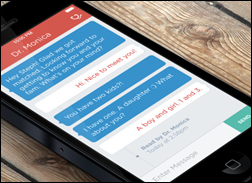

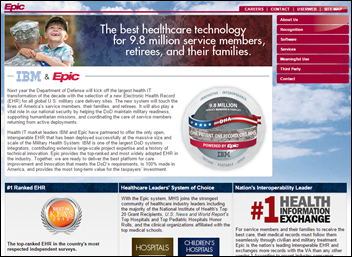
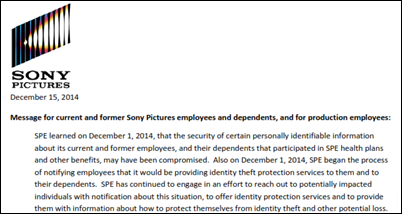
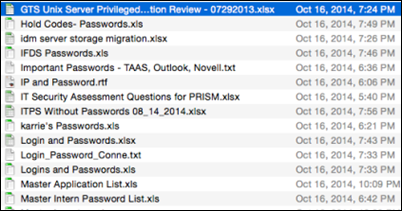
















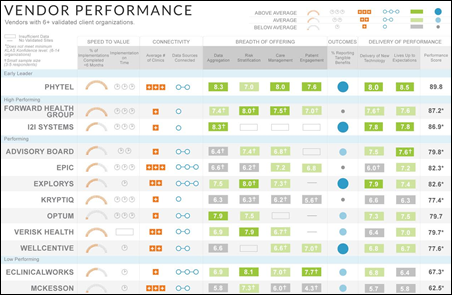
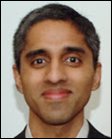


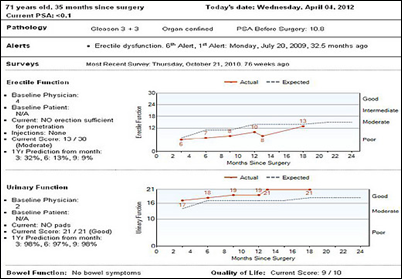



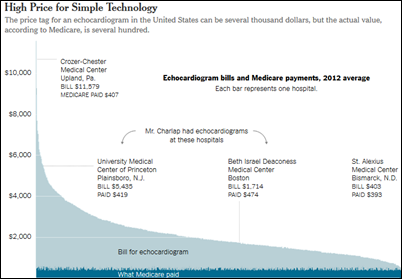
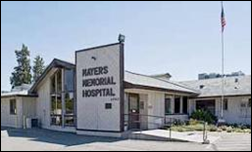












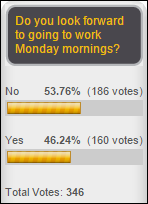















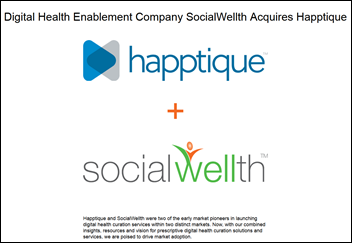














































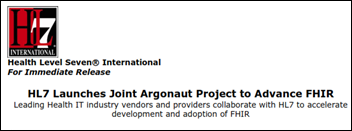


























































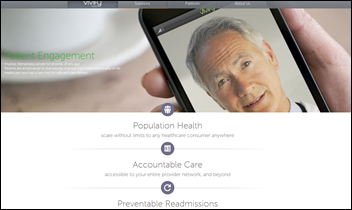




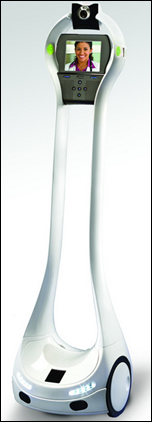





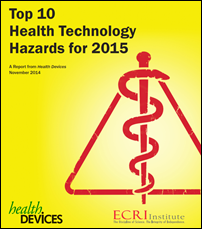







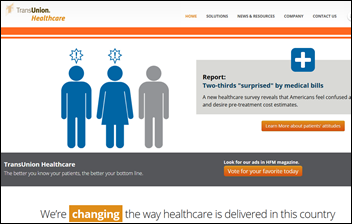

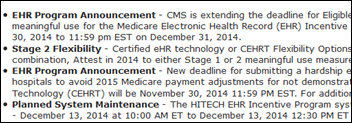


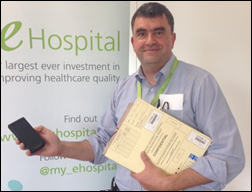






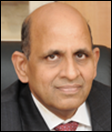



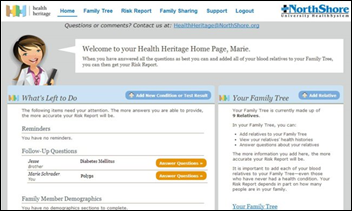

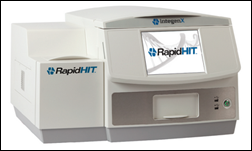
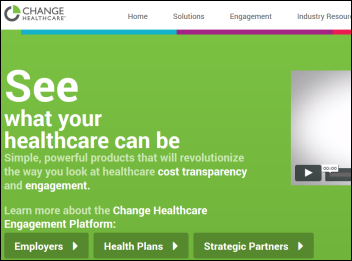
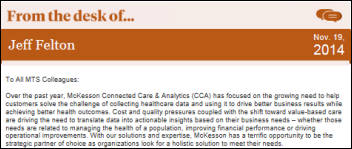

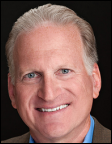
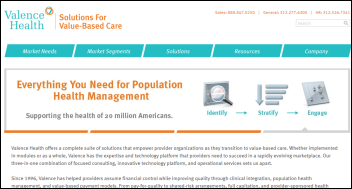
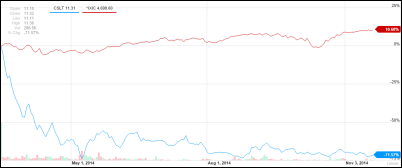









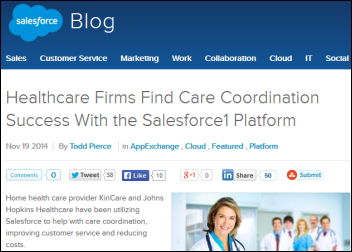
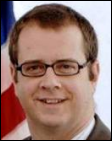
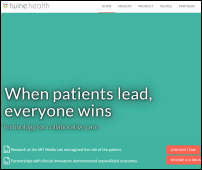




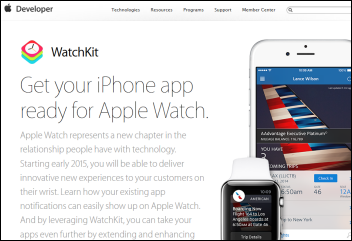
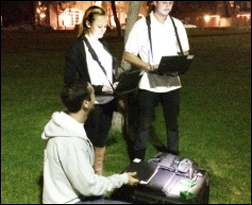


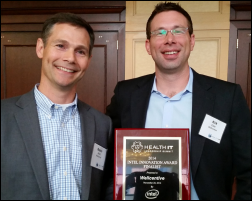




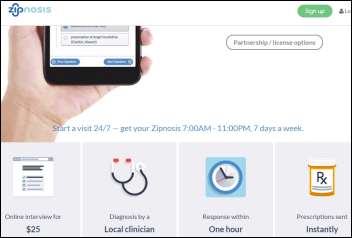




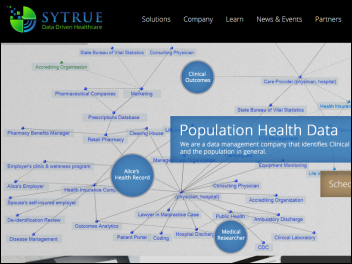




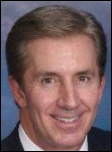








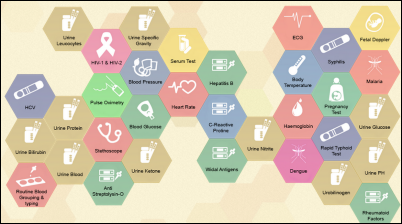

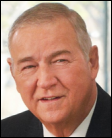










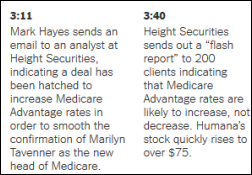
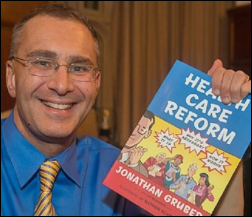



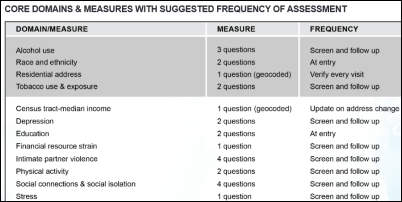






















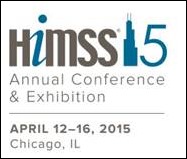




































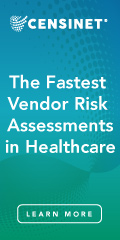

















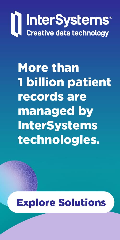





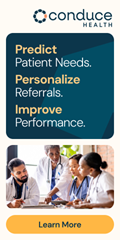





















The primary point of using the Cloud is using operating expenses vs limited capital ones and avoiding having to update…